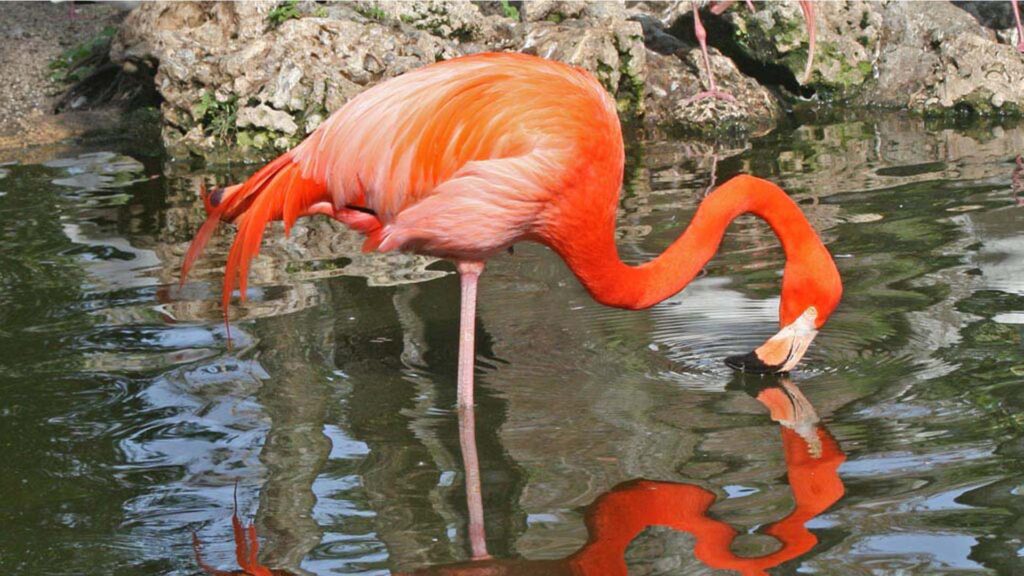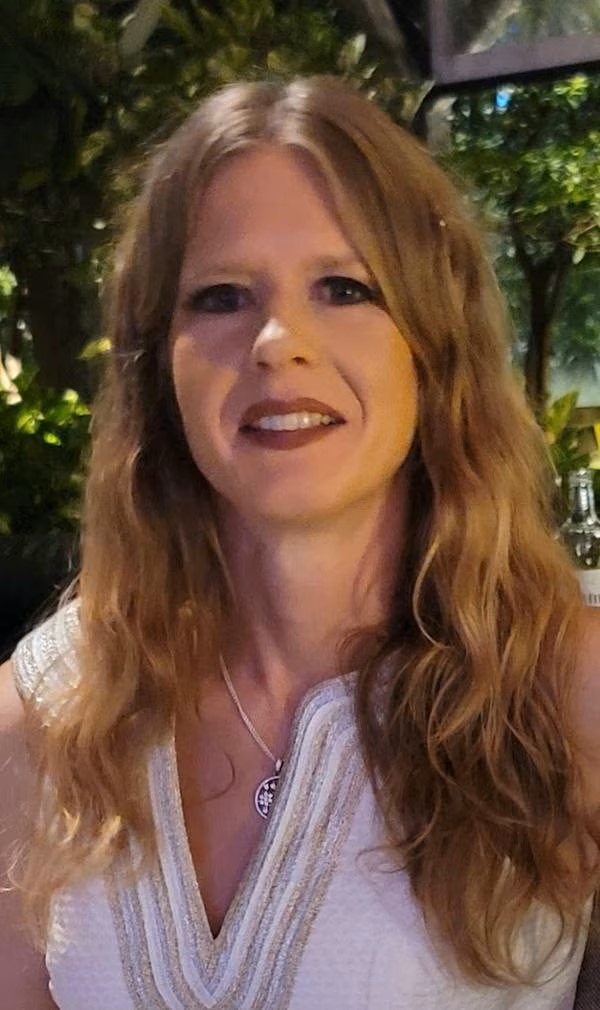By Ruscena Wiederholt
The Florida Legislature has once again pulled out its binoculars and is scanning the skies for a new state bird. With such an impressive array of avian life, our current state bird, the northern mockingbird, was never a spectacular choice for Florida. This incumbent even moonlights as the state bird for several other states, making it high time for a new winged representative. While there are many good candidates, one species stands tall above the rest. Stands on one leg, in fact: the American flamingo.
Bills in the Florida Legislature would name the Florida scrub-jay as Florida’s new state bird, but let’s face it, the flamingo is a cultural icon of the Sunshine State, conjuring up images of endless beaches and tropical paradise. The American flamingo, one of six flamingo species globally, symbolizes the balmy nature and wild beauty of Florida. Sitting under a palm tree before a tranquil blue sea, fruity drink in hand, do reveries of diminutive scrub-jays come to mind? Probably not.

In fact, many people would likely guess the flamingo is already our state bird. Florida’s government has promoted flamingos as the official symbol of the Florida Lotto since the 1980s. This flamingo-themed lotto has generated more than $40 billion since 1988, supporting 880,000 Bright Futures Scholarships. Florida’s critical tourist industry has used flamingos to promote travel here since the early 1900s — through postcards, travel posters, ginormous airport sculptures, hotel signs and kitschy T-shirts. These enormously beneficial marketing campaigns have branded flamingos as an unofficial symbol of Florida. Flamingos are the hardest-working birds in the state, and it’s hard to imagine a mockingbird with this kind of pull.
It’s quite a surprise, then, that wild flamingos in Florida are so rare. Large flocks of flamingos once lived in Florida Bay and the Florida Keys. But in the late 1800s, plume hunters descended on the Everglades and slaughtered millions of birds. At the time, feathers were used to adorn fashionable women’s hats. These hunters severely depleted wading bird populations throughout South Florida and probably killed off the last resident flamingos in the state. Yet since the 1950s, flamingo populations have been recovering around the Caribbean, and some individuals are making their way back here. In the now-protected wildlands of Florida, flamingos may just need time (or a little conservation attention) to stick around and increase their populations.
Biologists are making efforts to help Florida’s iconic flamingos. The Florida Flamingos Working Group, composed of scientists and conservationists, has worked to help flamingos recover in South Florida for several years. In 2018, researchers helped clarify that flamingos are native and belong here. Consequently, the state’s wildlife agency was asked to classify flamingos as a threatened species, which they declined in 2021. Undaunted, the working group is focused on conservation research to help flamingos return and recover.
Some may argue that the American flamingo is too rare to be an official state bird. However, other state bird candidates, such as the Florida scrub-jay, occur only in small areas. Like the flamingo, many other animals on Florida’s “State Symbol” list are vital conservation stories. For example, the Florida panther, Florida’s state animal, has rebounded from around 20 panthers to more than 200 — though their recovery remains tentative.

For serious bird enthusiasts, flamingos’ rarity is actually a draw. When a flock of nearly 150 flamingos landed in the stormwater treatment areas of Palm Beach County, the local Audubon society launched weekend bird-watching trips that attracted thousands of visitors from across the U.S. This happens elsewhere too — large flocks of flamingos attract ecotourists in Mexico, the Bahamas and Bonaire. In the U.S., wild flamingos occur only in Florida and recovering populations of these blushing beauties would undoubtedly attract tourists.
It’s time to put away our binoculars and officially name the American flamingo Florida’s state bird. What better way to encourage public support for the recovery of this quintessential Floridian feathered friend?
Ruscena Wiederholt is a biologist and part of the Florida Flamingos Working Group. This opinion piece was originally published by the Sun Sentinel, which is a media partner of The Invading Sea.



